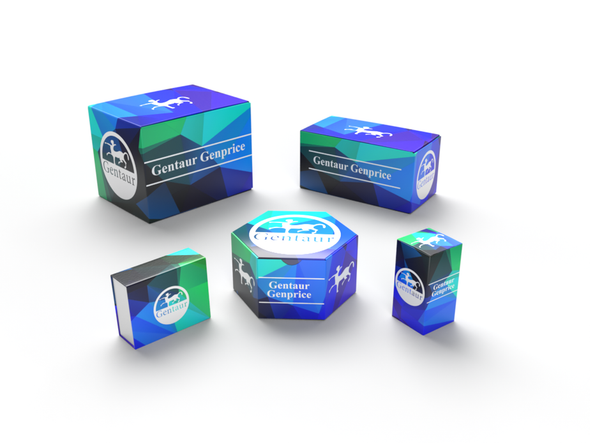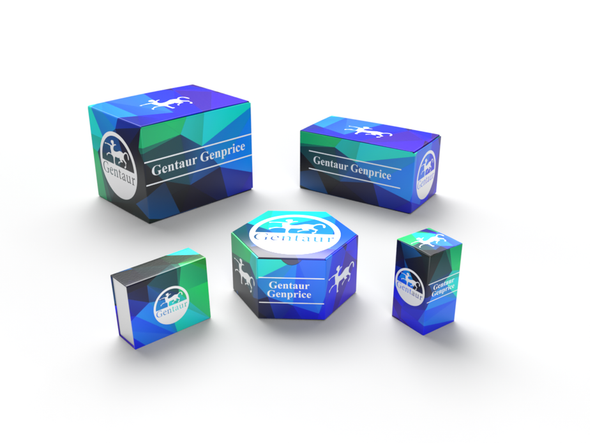740
Sheep Nitric oxide synthase 2, inducible (NOS2) ELISA Kit | AE62941SH
- SKU:
- 740-AE62941SH
- Availability:
- Usually ships in 5 working days
Description
Sheep Nitric oxide synthase 2, inducible (NOS2) ELISA Kit | AE62941SH | Gentaur UK, US & Europe Distribution
Species Reactivity: Sheep (Ovis aries)
Abbreviation: NOS2
Alternative Name: N/A
Application: ELISA
Range: Request Information
Sensitivity: Request Information
Intra-Assay: ≤5.5%
Inter-Assay: ≤8.2%
Recovery: 0, 94
Sample Type: Serum, Plasma, Other biological fluids
Detection Method: Sandwich
Analysis Method : Quantitive
Test Principale: This assay employs a two-site sandwich ELISA to quantitate NOS2 in samples. An antibody specific for NOS2 has been pre-coated onto a microplate. Standards and samples are pipetted into the wells and anyNOS2 present is bound by the immobilized antibody. After removing any unbound substances, a biotin-conjugated antibody specific for NOS2 is added to the wells. After washing, Streptavidin conjugated Horseradish Peroxidase (HRP) is added to the wells. Following a wash to remove any unbound avidin-enzyme reagent, a substrate solution is added to the wells and color develops in proportion to the amount of NOS2 bound in the initial step. The color development is stopped and the intensity of the color is measured.
Product Overview: Nitric oxide synthase 2A (inducible, hepatocytes) is an enzyme encoded by the NOS2 gene. is produced by a group of enzymes called nitric oxide synthases (NOS) . These enzymes catalyze the production of NO and L-citrulline from L-arginine, O2, and NADPH-derived electrons. Mammalian systems contain three well-characterized isoforms of the enzyme: neuronal NOS (nNOS, also called NOS1), inducible NOS (iNOS or NOS2), and endothelial NOS (eNOS or NOS3) . The names reflect characteristics of the activity or the original tissues in which the enzymes were first described, but it is now known that each of these isoforms is expressed in a variety of tissues and cell types . The three main isoforms share structural similarities and have nearly identical catalytic mechanisms.
Stability: The stability of ELISA kit is determined by the loss rate of activity. The loss rate of this kit is less than 5% within the expiration date under appropriate storage condition. The loss rate was determined by accelerated thermal degradation test. Keep the kit at 37°C for 4 and 7 days, and compare O.D.values of the kit kept at 37°C with that of at recommended temperature. (referring from China Biological Products Standard, which was calculated by the Arrhenius equation. For ELISA kit, 4 days storage at 37°C can be considered as 6 months at 2 - 8°C, which means 7 days at 37°C equaling 12 months at 2 - 8°C) .






